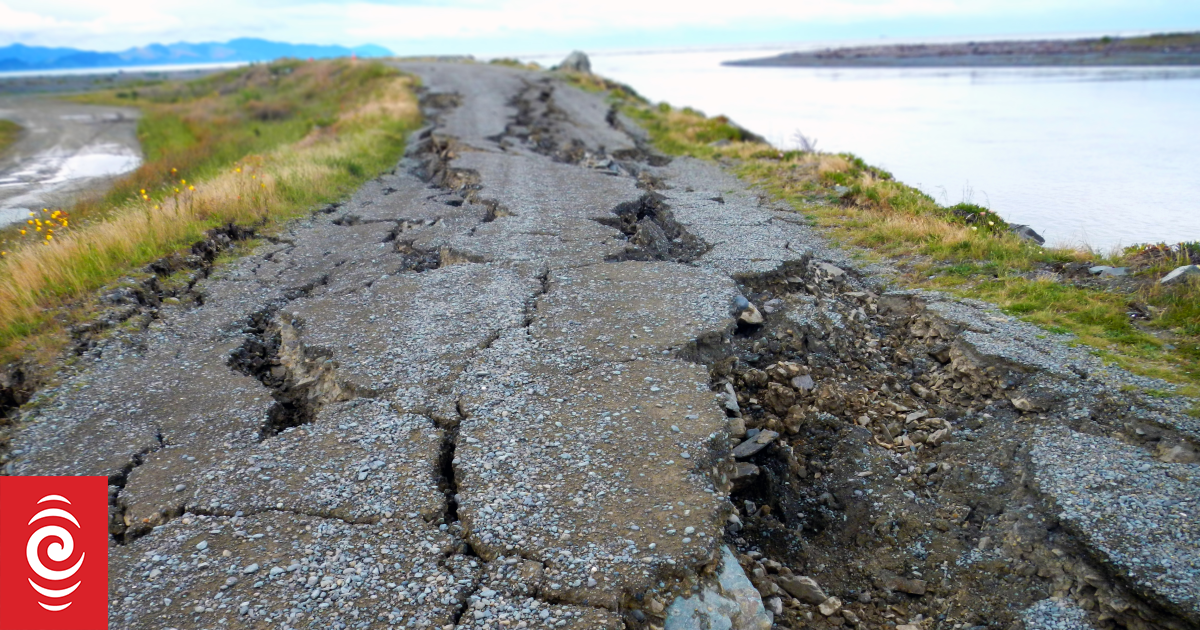New Steps for Earthquake Readiness: Are You Prepared?
Earthquakes, unpredictable and devastating, can strike anywhere, anytime. While we can't prevent them, we can significantly reduce their impact through preparedness. Recent advancements in seismic science and emergency management have led to refined strategies for earthquake readiness. This article outlines crucial new steps to ensure you and your loved ones are better protected.
Beyond the Basics: Evolving Earthquake Preparedness Strategies
Traditional earthquake preparedness focuses on securing heavy objects, having an emergency kit, and developing an evacuation plan. While these remain essential, new research and experience highlight the need for more comprehensive strategies:
1. Improved Communication Plans: Cell phone networks often fail during and after major earthquakes. Develop multiple communication plans, including:
- Designated Out-of-State Contact: Choose someone outside the affected area to serve as a central point of contact for family members to check in.
- Pre-arranged Meeting Points: Establish several safe meeting points in case you're separated.
- Two-Way Radios: Consider investing in hand-held two-way radios for short-range communication, especially useful in areas with limited cell service.
2. Enhanced Emergency Kits: Your emergency kit needs to go beyond the basics. Consider including:
- First-Aid Supplies for Extended Periods: Stock up on enough bandages, antiseptic wipes, pain relievers, and other essentials for several days.
- Water Purification Tablets or Filter: Ensuring access to safe drinking water is paramount.
- Non-Perishable Food with Longer Shelf Life: Choose foods that can withstand extended storage without refrigeration.
- Emergency Power Source: Portable power banks are crucial for charging essential devices.
3. Understanding Your Specific Risks:
- Seismic Zone Mapping: Familiarize yourself with the specific seismic risks in your area. Resources like the provide detailed information on earthquake probabilities and potential hazards.
- Building Assessment: If you own a home, consider having a professional assess its earthquake resilience. Retrofitting can significantly improve structural integrity.
- Liquefaction Awareness: Understand the risks of soil liquefaction in your area. Liquefaction can cause even well-built structures to collapse.
4. Developing a Post-Earthquake Plan:
- Insurance Review: Review your homeowner's or renter's insurance policy to ensure adequate earthquake coverage.
- Financial Preparations: Have readily accessible emergency funds.
- Community Involvement: Participate in local earthquake preparedness drills and community initiatives.
5. Staying Informed:
- Early Warning Systems: Familiarize yourself with local early warning systems and know how to respond to alerts.
- Reliable News Sources: Identify reputable news sources for accurate and up-to-date information during and after an earthquake.
Taking Action Today: Your Earthquake Readiness Checklist
- [ ] Review and update your emergency communication plan.
- [ ] Restock your emergency kit.
- [ ] Learn about seismic risks in your area.
- [ ] Consider building assessments and retrofitting options.
- [ ] Review your insurance coverage.
- [ ] Practice your earthquake evacuation plan.
Preparing for an earthquake is not a one-time task; it's an ongoing process. By implementing these new steps and staying informed, you significantly increase your chances of surviving and recovering from this potentially devastating natural event. Don't wait until it's too late – take action today.

